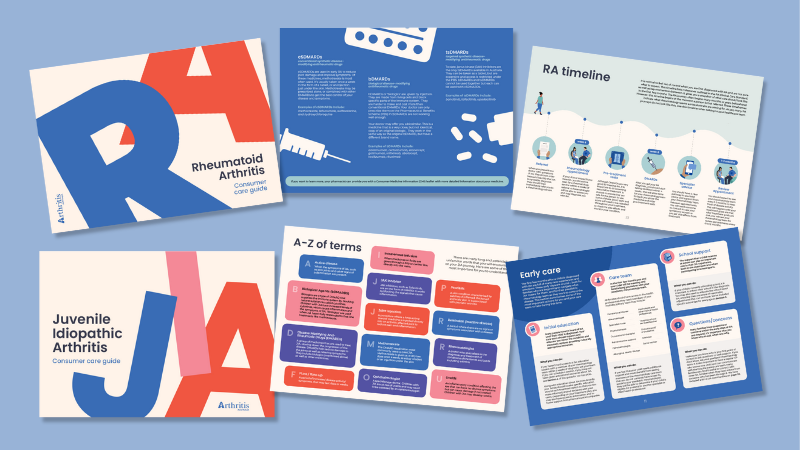Palindromic Rheumatism Symptoms
During a Palindromic rheumatism episode, people may experience sudden, rapid onset of joint pain and swelling; red, painful and swollen joints; temporary disability of one or more joints; and recurring attacks in the affected joints. The frequency of attacks is different for different people – some have them once a day while others have several over a year’s time.
While symptoms typically occur in the hands and feet, any joint can be affected and different joints can be involved in different episodes. Swelling can also affect the soft tissues, particularly the heel and finger pads. A person with PR may also have nodules in the subcutaneous tissues beneath the skin and the skin over the affected joint(s) may look red. Fever and fatigue may also occur, along with a general malaise or feeling unwell.
Palindromic Rheumatism and Pain
An episode of pain and swelling caused by palindromic rheumatism can be as short as a few hours or as long as several days. The length of an episode can vary from person to person. PR episodes are typically marked by sudden, acute, intense pain localized to specific joints. The pain can be intense and may feel like a burning, searing or sharp sensation. Swelling, redness and tenderness may accompany the joint pain.
In a typical episode, the joints involved at the beginning of an episode improve after a short time, but the attack moves from joint to joint, building up to its highest level of pain. As the author of the blog “My Palindromic Life” writes, “My joint flares can flit from joint to joint with no warning, and sometimes I can wake up with a pain in one joint, and go to bed with a pain in a completely different joint.” When the attack or episode ends, the pain spontaneously resolves just as quickly as it came on and remains gone until the next episode.





